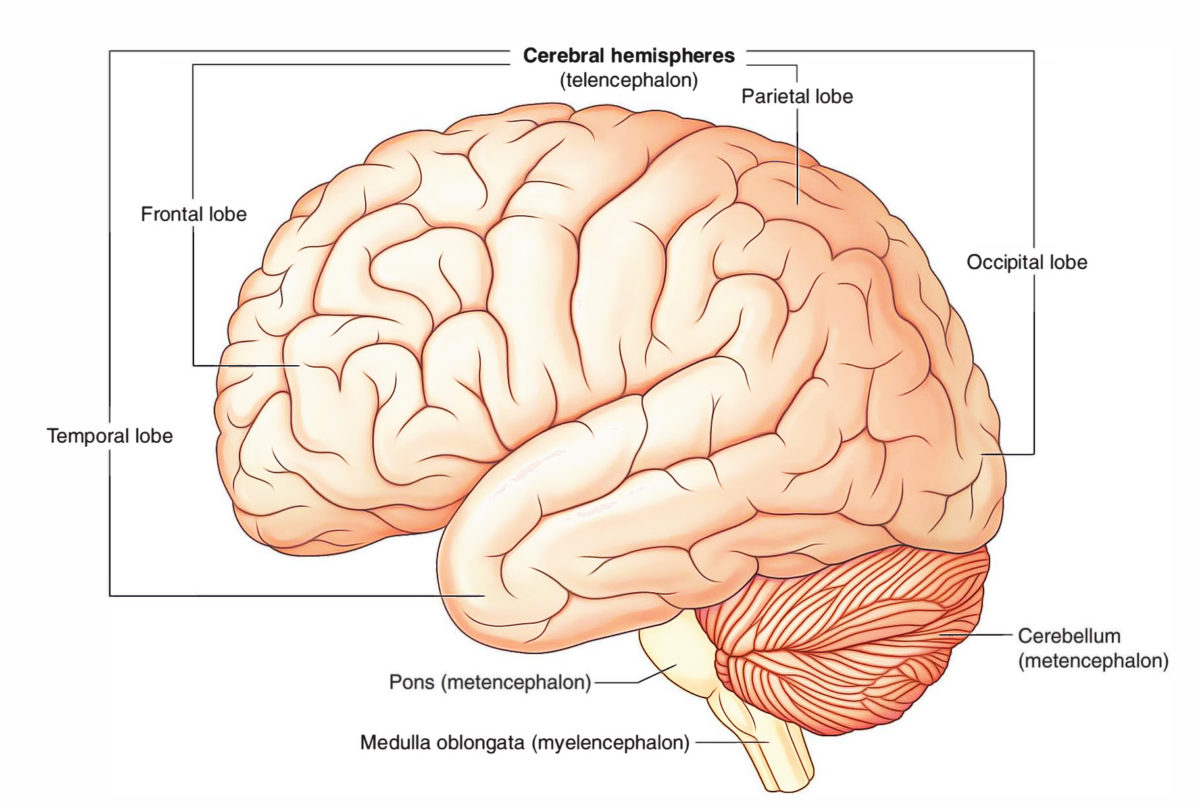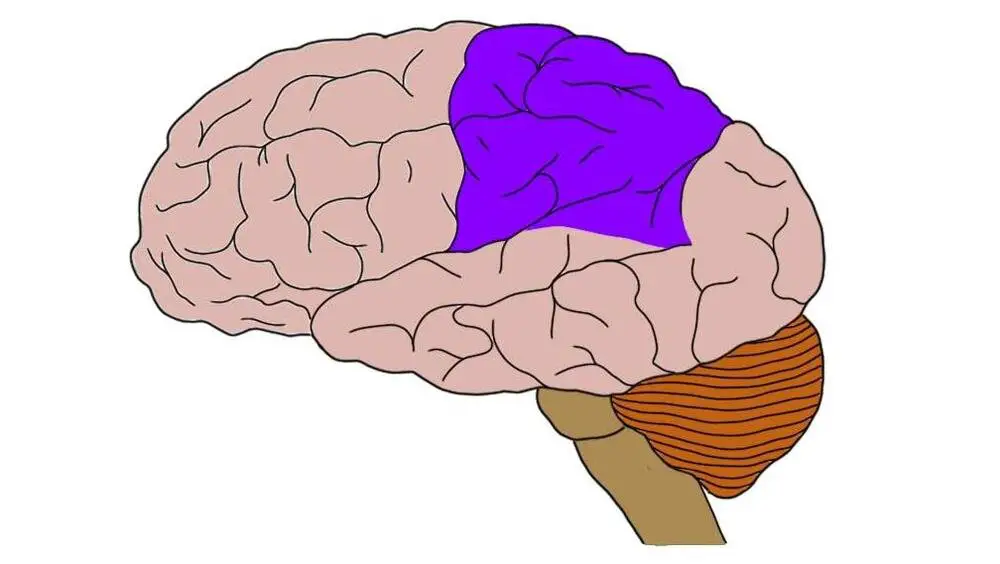whole relationships Learning design Learning theories Biology Diagrams Learn about the parietal lobes, which are responsible for sensory input, spatial mapping, language, and mathematics. Find out how they are located in the brain and what happens when they are damaged. Learn about the parietal lobe, a major sensory processing hub for your brain. It helps you understand your sense of touch, integrate multiple senses, learn complex movements and locate yourself in space.

Learn about the parietal lobe function, structure, and disorders. The parietal lobe is involved in sensory perception, language processing, and spatial awareness. Learn about the parietal lobe, its location, cytoarchitecture, blood supply and functions, such as sensation, perception, cognition and spatial orientation. Find out the clinical conditions associated with parietal lobe injury and the cortical homunculus.
/the-brain-87306598-5c3975b646e0fb0001e0ce98.jpg)
Parietal lobe: Anatomy and function Biology Diagrams
The parietal lobe is a major sensory area of the brain that processes touch, taste, and temperature. It also helps with language, memory, and spatial orientation. Learn about its anatomy, functions, and disorders that affect it. Learn about the parietal lobe, the major lobe in the brain that integrates sensory information, spatial sense, language, and motor skills. Find out the anatomical landmarks, functions, and syndromes of the parietal lobe.

Understanding the parietal lobe's functions is not just an academic exercise - it has real-world implications for psychological assessment and treatment strategies. By recognizing the diverse roles this region plays, clinicians can develop more targeted interventions for individuals with parietal lobe disorders. Moreover, this knowledge can The functions of the parietal lobe are to receive and interpret somatosensory signals (e.g. tactile and position sensations) as well as integrate sensory inputs from different parts of the body in order to create a deeper understanding of one's surroundings and body position. The somatic senses, including touch, vibration, pressure, pain, temperature, and joint position are processed in the
